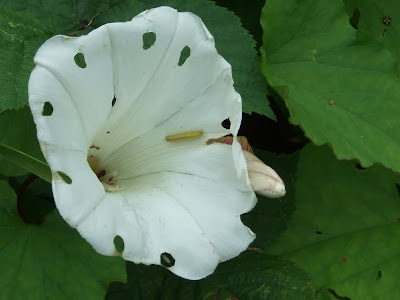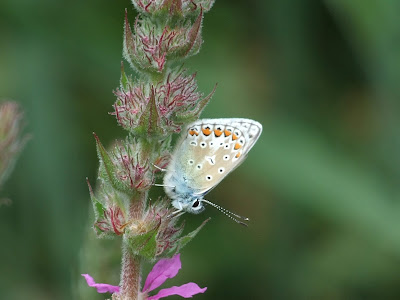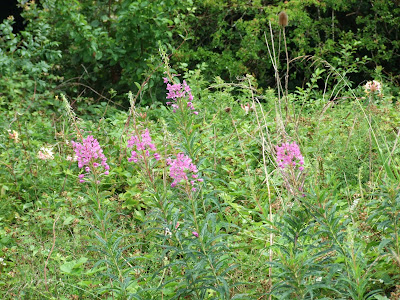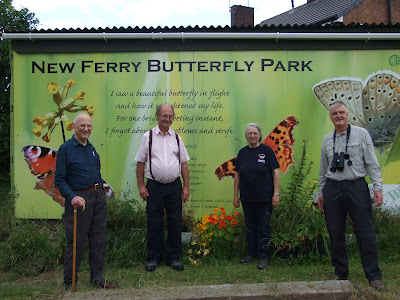 |
| Maypole dancing at Open Day |
New Ferry Butterfly Park opened its gates to visitors in
1995 and since then it has become a real part of the community.
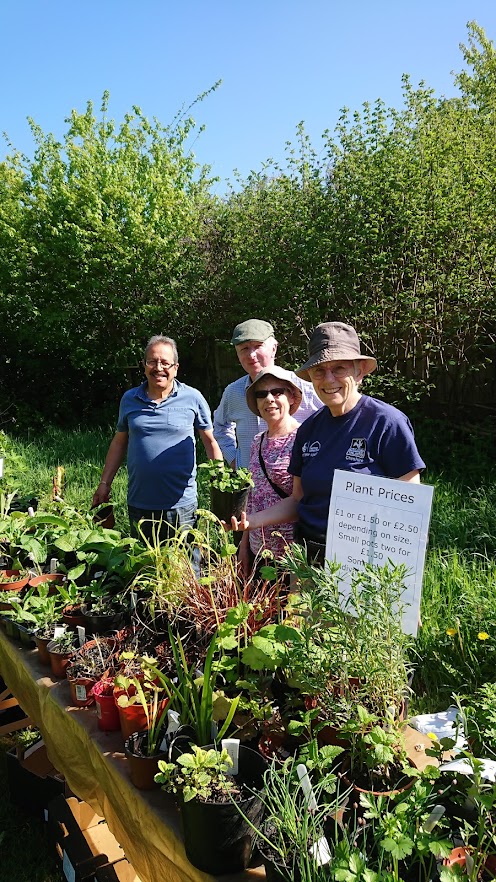 |
| Plant sale at Open Day |
Under normal circumstances, the
New Ferry Butterfly Park Opening Day on the first
Sunday in May has become a feature of the local New Ferry calendar,
attracting between 800 and 1000 people in recent years.
 |
| Cake sale at Open Day |
 |
A busy Open Day
|
Local people regularly visit on Sundays from May to the beginning of September when we are open from 12 – 4 p.m. We have three guided trails with leaflets: a Nature Trail, Art Trail and History Trail.
 |
| Nature Trail leaflet |
As well as these, pond dipping is supervised by the
wardens and everyone is thrilled to see the newts and other water creatures.
Local schools, especially St John’s and Grove Street, use
the Park for class visits in the summer term. Many uniformed organisations and
other groups, varying in age from toddlers to the more mature like U3A, visit
each summer for guided tours.
 |
| School children on a guided tour of the Butterfly Park |
In 2012 New Ferry Butterfly Park was awarded an Empty
Shops Fund grant. This was a grant from Wirral Council to encourage the use of
vacant shop premises for creative activity to reinvigorate the town centre and
help economic recovery. The idea was also to raise awareness of the Butterfly
Park. The shop at 66 Bebington Road, New Ferry was called ‘The Comma Project’
after one of our most regular resident butterflies. It hosted 6 artists over 6
months and each artist produced a nature/environment based body of work within
the space over the course of their mini-residency. Each artist took a four-week-long slot between April and September,
doing free community art workshops with their art linked in various ways to the
Park. Carol got our MP Alison McGovern to open it on 20th April.
Alison brought along Harriet Harman MP, then Deputy Leader of the Labour party,
who just happened to be visiting the area that day. A class of school children
from Grove Street School were involved. Plenty of press publicity resulted.
 |
| The window of The Comma Project in New Ferry |
 |
| The opening of The Comma Project |
 |
| Harriet Harman MP at the opening of The Comma Project |
Here are some photographs of the work that was produced.
 |
| Ian Broadley’s bug creations |
 |
| Gerald Curtis creating poetry with the Brownies |
 |
| Pam Sullivan’s favelas made by visitors |
 |
| Julie Dodd’s paper trees |
 |
| Julie Dodd with her paper trees |
 |
| Andrea Bassil’s painted paving stones |
In 2015 Merseyrail commissioned two decorative panels for
the tunnel linking the two platforms of the station, and we helped the artist
with information on the history and wildlife.
 |
| Panel in the tunnel at Bebington station |
That same year Alex Rowan
came to New Ferry Butterfly Park with his Scout group. He really enjoyed it. In
school, he was asked to draw a poster for travelling somewhere by train and he
picked the Butterfly Park. He was one of the winners. The poster was put up on
Merseyrail stations and was part of their calendar.
 |
| Alex Rowan's poster |
Since 2016 Forest Church services have been held in the
reserve.
 |
| A Forest Church service |
Apple pressing and apple grafting sessions have been
established.
 |
| Apple pressing |
Local organisations like Unilever, Liverpool John Moores University Conservation
Society, SP Energy Networks and Prince’s Trust have taken part in Workdays.
 |
| SP Energy Networks' workday |
 |
| Chester Wild Society |
 |
| Debbie McCall with her prize elm cuttting |
 |
| Liverpool John Moores Conservation Society |
 |
| Justin triumphs over the birch tree |
The Park is a site for training courses each year when
Hilary Ash runs courses for Cheshire Wildlife Trust on Identifying Wild Flowers
and Identifying Grasses.
At the time of the Comma Project, Carol Ramsay, Project
Manager said …”there is no reason why, in the future, New Ferry can’t have
enough butterfly attracting plants within its open spaces to attract many more
butterflies to the area. Maybe one day New Ferry could become a town of
biodiversity, a Butterfly Town”.
Now, in 2020, the butterfly has become a symbol
of New Ferry used on the shop stickers "# I love New
Ferry", the colourful wall mural "Vanessa" by the
former co-op and the butterfly mosaic on the site of the
explosion.
 |
| The butterfly wall mural in New Ferry |


































